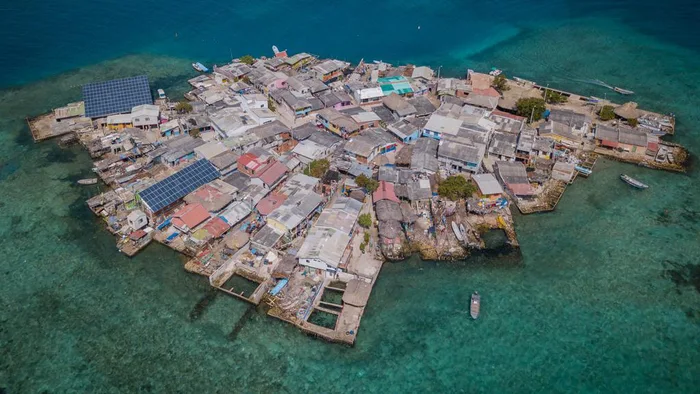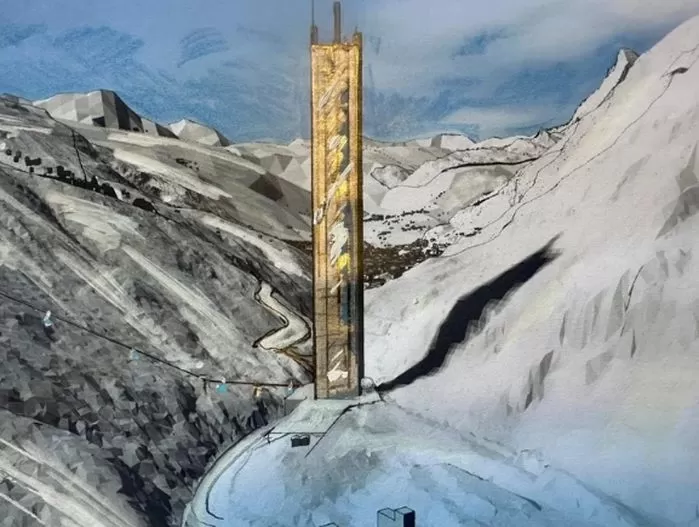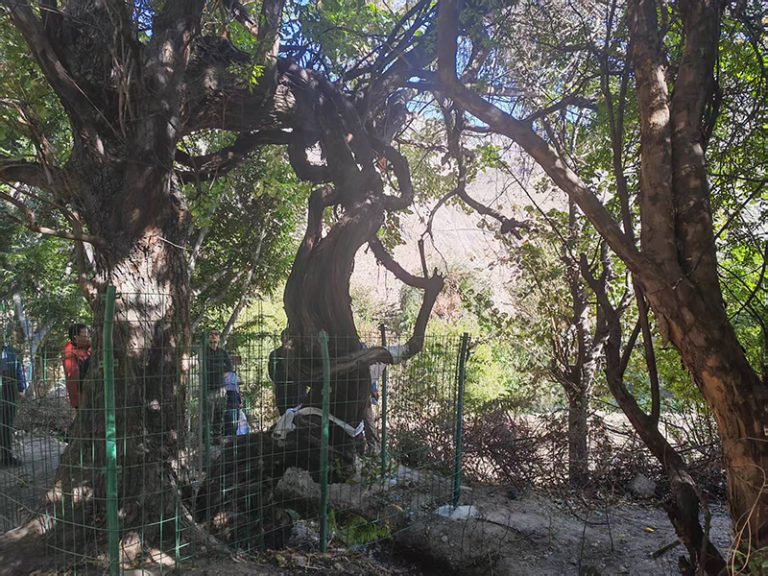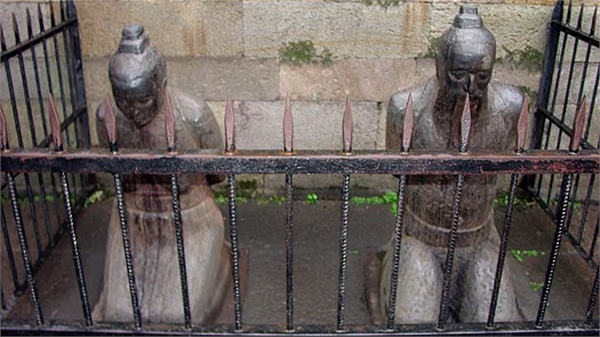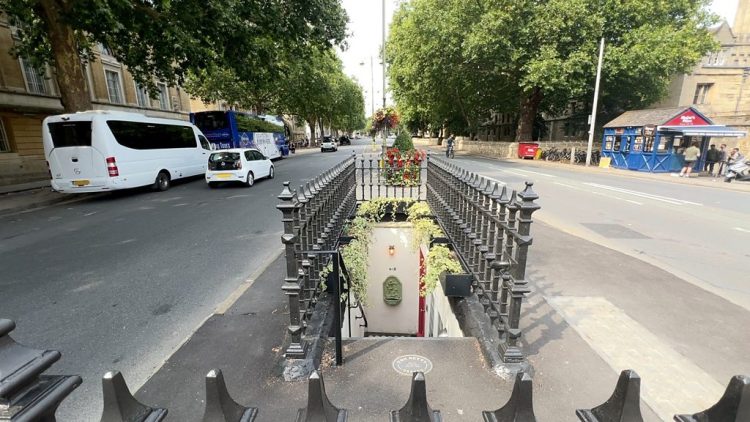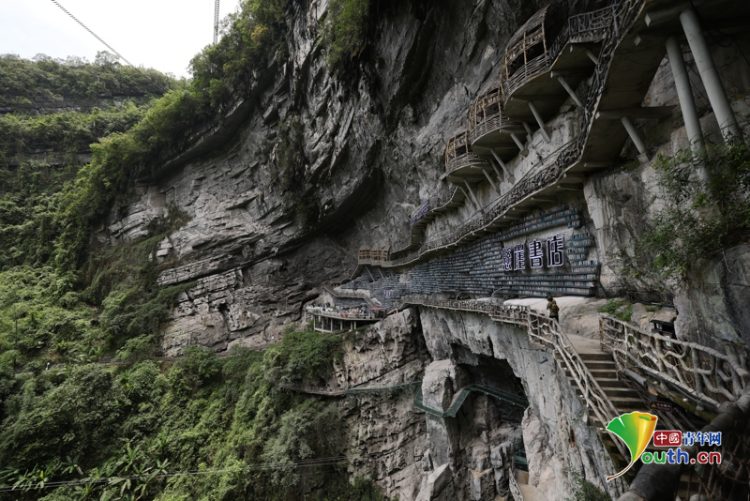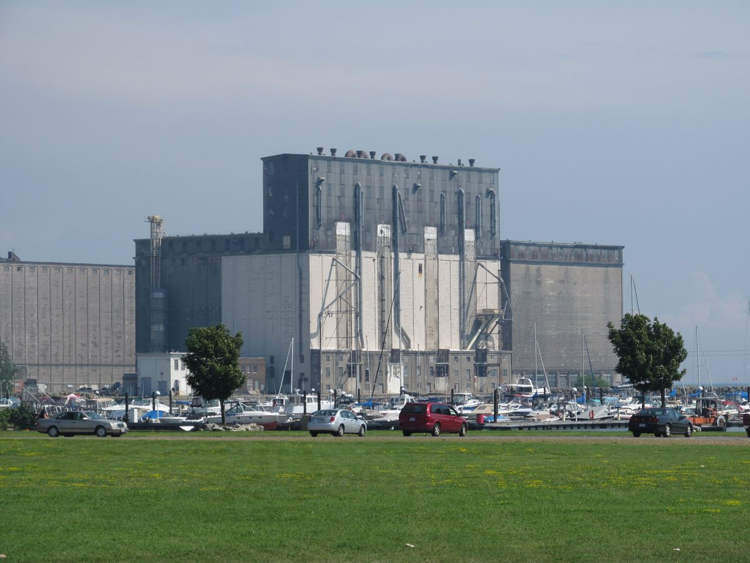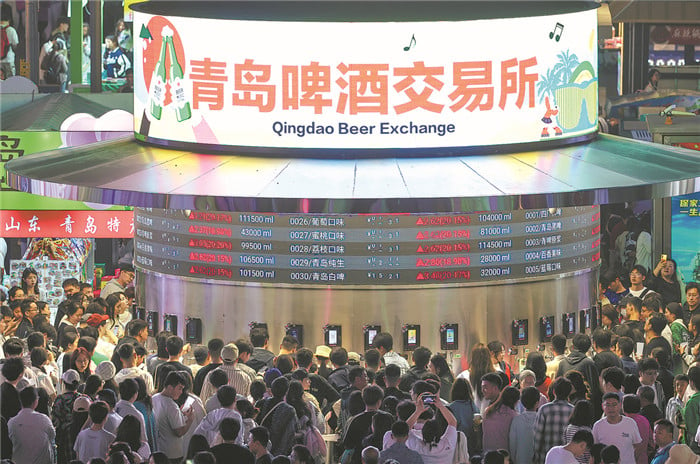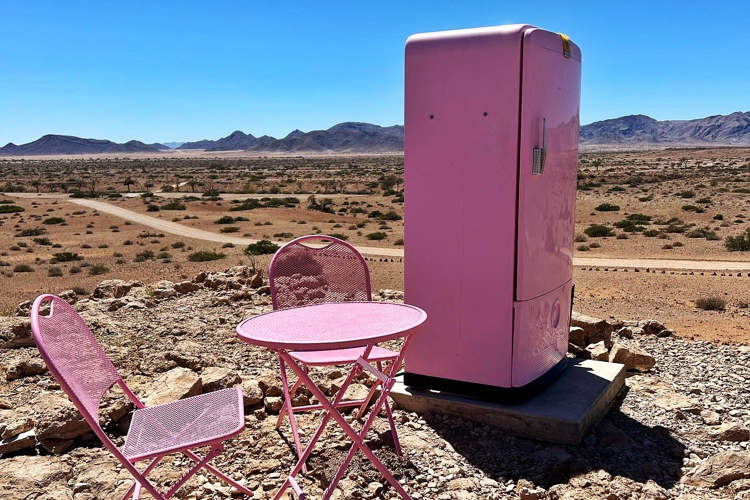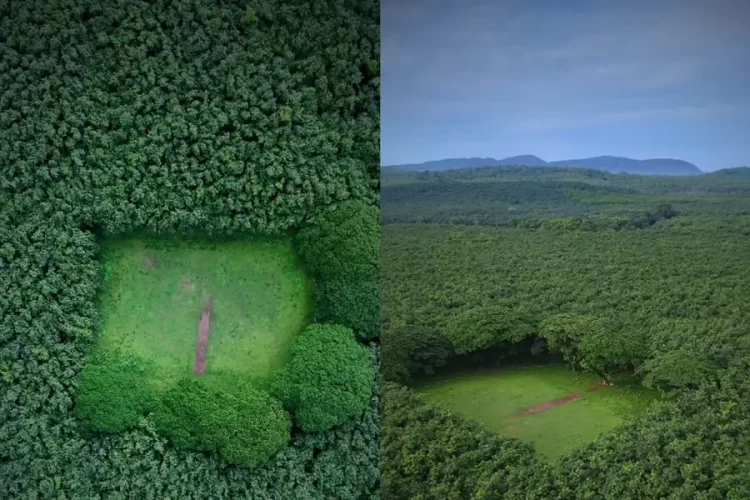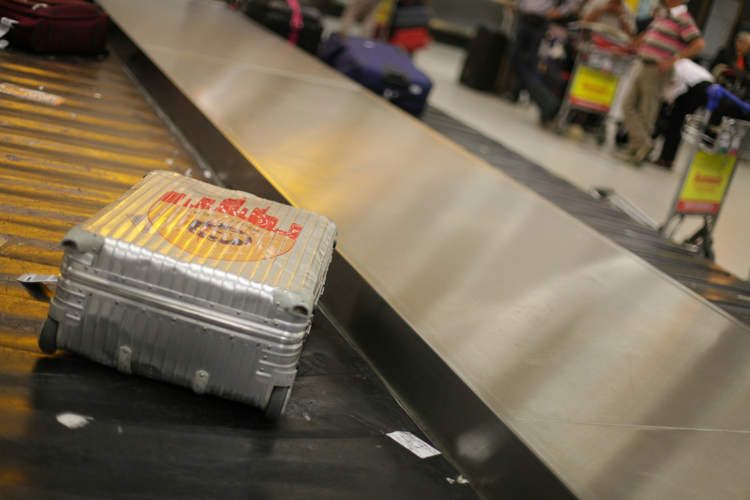In a land like India, where life and death intertwine so naturally, and reincarnation is such an important part of religion, what better place to build a restaurant than in the middle of an old Muslim cemetery?
They say the milky tea and buttery rolls at the New Lucky restaurant in Ahmedabad, India, are to die for, and I can’t help but wonder if that has anything to do with all the graves scattered between the tables. The bustling establishment is build right on top of a cemetery, but that doesn’t seem to bother the clientele who comes in to enjoy a refreshing cup of milk tea and some soft rolls. In fact, Krishan Kutti Nair, the owner of the creepy restaurant thinks the location is good for business. “The graveyard is good luck. Our business is better because of it”, he says.

Photo: Rub City
But the New Lucky wasn’t always located on the cemetery. Back in the 1950s, a man named K.H. Mohammed opened a tea stall outside the cemetery, and Nair helped him run the place eventually becoming his partner. Business was good and the place started expanding until its walls started encircling some of the graves. It might sound odd to us westerners, but in a country where three times the population of the US is packed into an area one-third the size, space is at a premium, and it’s common for graveyards to serve multiple purposes, including commercial and even residential.

Photo: India Mike
Although the green-graves are randomly scattered through the restaurant, making it difficult for visitors to find their way, the New Lucky’s waiters have mastered the art of shimmying between graves with trays full of tea in their hands. They’ve gotten used to working surrounded by the dead and say there’s nothing odd about it. Customers don’t seem to bothered either, on the contrary, they think it’s convenient to have a place to drink some tea after they’ve visited their dead relatives in the graveyard. But the eerie place is also frequented by old men arguing politics in the morning and young couples during the evening, and most of them feel the graves just add to the ambiance.
Krishan Kutti Nair doesn’t know who the graves in his restaurant belong to, but local historians suspect they are the resting places of relatives of a 16th-century Sufi saint whose tomb lies nearby. Regardless of their inhabitants, one thing is for sure, Nair doesn’t plan on removing them anytime soon, despite people’s advice to make more room for customers. Every morning he wipes them with a damp cloth and decorates them with fresh flowers, as he considers them his good luck charms.
Sources: The Associated Press, Vagabondish, Zoomin.uk


